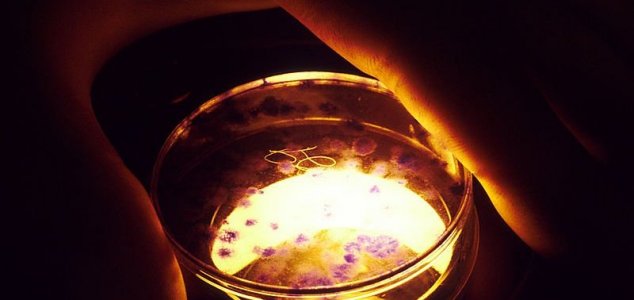
Lab-grown limbs and organs could remove the need for donors.
The possibility of growing replacement limbs for amputees is now one step closer to becoming a reality.
A great deal of progress has been made in recent years in the development of artificial legs, bionic hands and even brain-control interfaces that can enable someone to move a robotic arm using nothing more than the power of their own mind.
The ultimate solution however, one with the potential to completely restore an amputee’s missing limb, is to use their own cells to grow an entirely new one that will function exactly as the original did.
While this might sound like something out of a science fiction movie, scientists recently announced that they’d succeeded for the first time in growing an actual rat limb in a laboratory.
Grown by researchers at Massachusetts General Hospital, the rat limb not only looks the part but also contains functioning veins and muscle tissue as well.
“The composite nature of our limbs makes building a functional biological replacement particularly challenging,” said senior author Dr Harald Ott.
“Limbs contain muscles, bone, cartilage, blood vessels, tendons, ligaments and nerves – each of which has to be rebuilt and requires a specific supporting structure called the matrix.”
Using a patient’s own genetic material to grow replacement body parts has long been one of the holy grails of modern medicine as not only does it completely remove the need for donors but it also avoids both the risk of rejection and a future reliance on immunosuppressant drugs.
It is still likely to take quite a few more years however for the technique to be perfected.
Originally posted 2016-05-04 19:46:07. Republished by Blog Post Promoter













